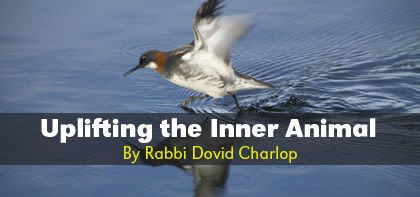
Tzav: Uplifting the Inner Animal
Within each one of us there is an animal side that pulls us to be less than we really can be. Our G-dly soul sometimes takes a back seat to powerful forces...

Parshat Tzav
The stories and commandments of the Torah are like the tips of icebergs. Just as an iceberg is partially exposed, but primarily hidden beneath the surface, so too the wisdom of the Torah is only partially exposed while so much needs to be searched for. Let’s look at one of the “icebergs” of this week Parsha. Following the words and insights of Rabbi Shimshon Raphael Hirsch (1808-88), we can gain some profound ideas hidden beneath the surface.
This week’s Torah reading continues discussing the specific laws governing the sacrificial offerings brought in the Sanctuary. Almost all sacrifices had two essential processes. First was the slaughtering of the animal and bringing specific parts on the altar. The second step was roasting and eating remaining pieces of the offering. There is an interesting and somewhat enigmatic requirement of an offering as follows: In the process of preparing and offering the animal, the Cohen has to have in mind that the sacrifice will be eaten in the prescribed time for that particular offering (usually a day and the following night or two days and intermediate night). If a Cohen thinks that the sacrifice should be eaten out of this time period (for example he slaughters 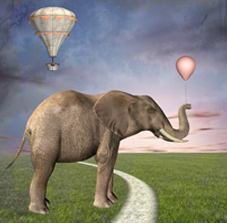 the animal with the intention of eating the meat two days later), he invalidates the offering. Let me pause to say that I don’t want to confuse anyone concerning the technicalities of the laws of sacrifices. However, there is a very important lesson hidden in this law which actually puzzled me for many years. What is so serious about preparing the sacrifice with intent to eat it out of the prescribed time? What is the lesson that makes this such an essential requirement?
the animal with the intention of eating the meat two days later), he invalidates the offering. Let me pause to say that I don’t want to confuse anyone concerning the technicalities of the laws of sacrifices. However, there is a very important lesson hidden in this law which actually puzzled me for many years. What is so serious about preparing the sacrifice with intent to eat it out of the prescribed time? What is the lesson that makes this such an essential requirement?
The concept of offerings in Judaism has a number of very important lessons. Within each one of us there is an animal side that pulls us to be less than we really can be. Our G-dly soul sometimes takes a back seat to the powerful forces of our physical drives and passions. Symbolically a person can counter these drives by giving an animal to the Cohen who “slaughters” the animal which graphically conveys to the owner a need to subjugate the animal within. By bringing the offering the person shows his desire to “slaughter” and subdue the negativity within himself. (This is not to infer that in Judaism the physical drive is negative, per se, as will be discussed soon.) After offering the animal, certain parts of the animal are roasted and eaten by the Cohen, the owner, or both. The second step symbolizes a renewed commitment to partake of this world on a higher plane, where the physical is saturated with the spiritual components attributed to a sacrifice. This eating expresses the owner’s ability to reach a new, higher awareness of using this world to draw closer to Hashem.
In short, there is a two-step process. The old, small self represented by an unbridled animal is “slaughtered”, a decision to end the primarily physical orientation to this world. The eating of the meat of the offering symbolizes entry into a higher realm of existence where the physical is imbibed with the spiritual. What happens if these two steps are separated? What significance is there if these two steps are disconnected from each other?
If the animal is only slaughtered and not eaten, this action contains a distorted message, the need to negate the physical world without any hope of elevating it. It represents a philosophy foreign to the Torah of denial and invalidating the materialistic world. It can lead to the trampling of the spirit of man by leading one to believe in the hopelessness of holiness on a physical plane.
On the other hand, if the animal is roasted and eaten without proper preparation as an offering to Hashem, the message is the untruth that validates involvement and even indulgence without a connection to a higher calling. Eating becomes no more than the act of an animal consuming an animal. However, with the proper focus and orientation eating is an active part of the process of elevating the animal within us.
If we extrapolate from this law, we can see that this tension between negating the detrimental qualities of a coarsely physical life and our uniquely human ability to uplift the physical is a life-long, all-encompassing challenge. Each one of us usually finds ourselves somewhere along the continuum of overcoming the physical and at the same time incorporating the physical. It is an exciting and formidable task which makes us so human.
In short, the prohibition of slaughtering a sacrifice on condition to eat it out of its proper time represents a microcosm of this essential message. Both the slaughtering (uprooting the negative) and eating (uplifting the positive) must be connected in order for us to lead a healthy and integrated spiritual and physical life.
This piece was an experiment to explore uncharted territory by focusing on one, somewhat abstruse, commandment. Hopefully, we have discovered that there is great wisdom and important lessons behind even those commandments that can seem foreign to us. May Hashem open our eyes and hearts to see greater and more profound depths of His wonderful Torah.


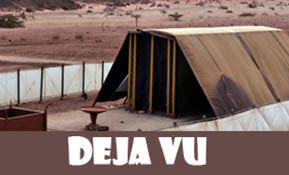



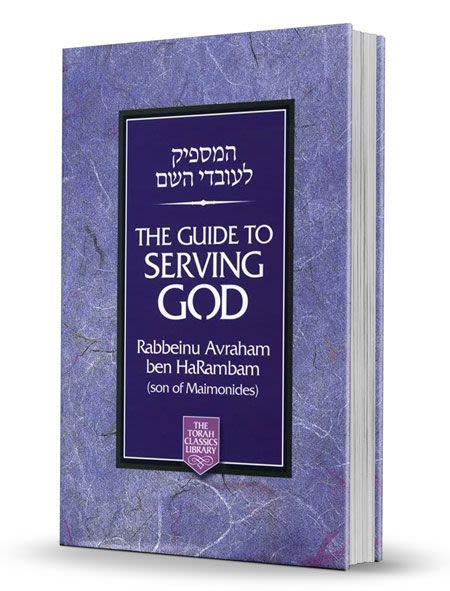
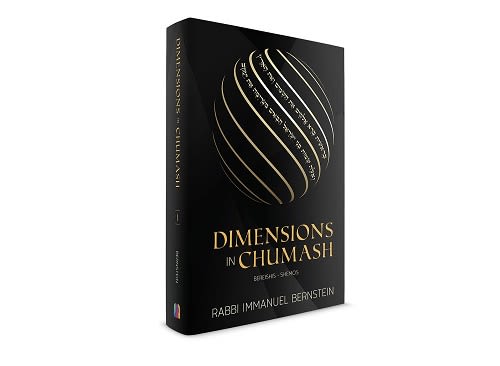



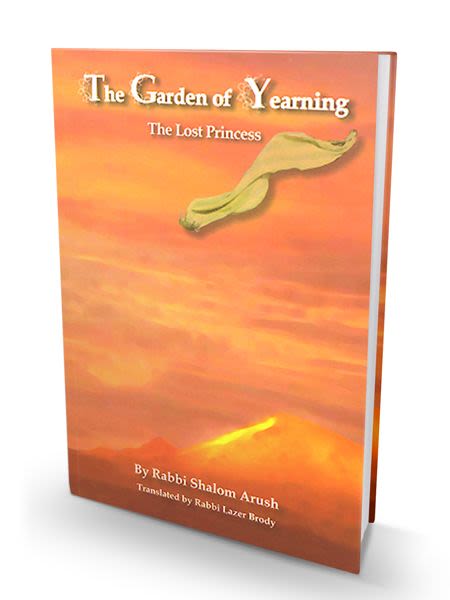
Tell us what you think!
Thank you for your comment!
It will be published after approval by the Editor.